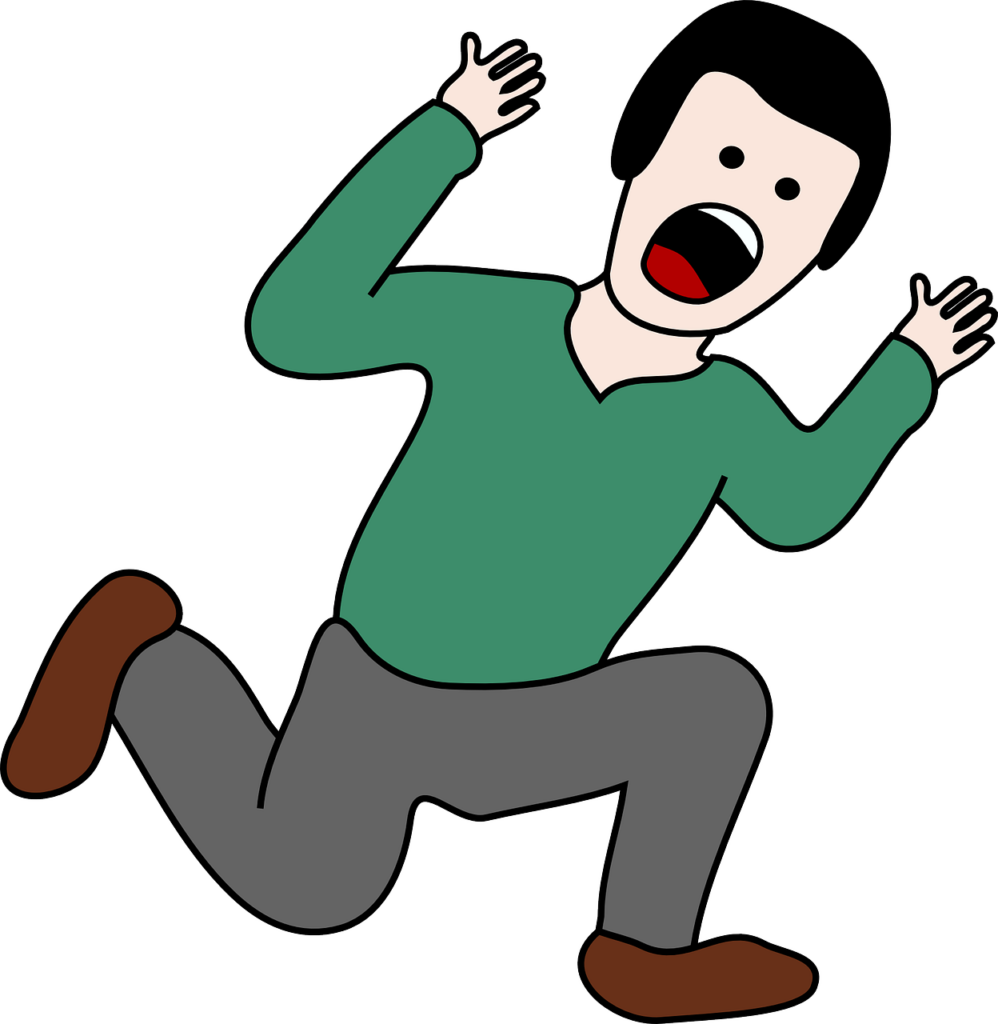
Part of speech (biasanya disingkat sebagai POS) merujuk pada klasifikasi atau kategori kata berdasarkan fungsi atau peran mereka dalam sebuah kalimat. Pengertian part of speech sangat penting dalam tata bahasa karena membantu dalam memahami bagaimana kata-kata digunakan dalam konteks kalimat. Dengan memahami part of speech, kita dapat mengidentifikasi peran masing-masing kata dalam sebuah kalimat dan memahami bagaimana mereka berinteraksi satu sama lain.
Jenis-jenis Part of Speech
Secara umum, bahasa Inggris memiliki sembilan jenis part of speech utama, yaitu:
Tentu, berikut penjelasan lengkap mengenai setiap jenis part of speech dalam bahasa Inggris beserta contohnya:
Noun (Kata Benda)

Kata yang digunakan untuk menyebut orang, tempat, benda, atau konsep.
Contoh: cat (kucing), table (meja), happiness (kebahagiaan)
Contoh Kalimat
The cat is sleeping on the chair.
- Noun: cat (kucing) chair (kursi)
She bought a new dress for the party
- Noun: dress (gaun), party (pesta)
My brother loves to play basketball in the park.
- Noun: brother (saudara laki-laki), basketball (bola basket), park (taman)
The book on the table belongs to my friend
- Noun: book (buku), table (meja), friend (teman)
Happiness is a choice that we make every day.
- Noun: happiness (kebahagiaan), choice (pilihan), day (hari)
Dalam setiap kalimat di atas, kata benda (noun) digunakan untuk merujuk pada orang, tempat, benda, atau konsep yang berbeda.
Pronoun (Kata Ganti)
Kata yang menggantikan atau merujuk kepada kata benda untuk menghindari pengulangan.
Contoh: he (dia), she (dia), it (itu) contoh kalimat yang mengandung pronoun (kata ganti):
He is going to the store to buy some groceries.
- Pronoun: He (Dia)
She loves to read novels in her free time.
- Pronoun: She (Dia)
They are planning a trip to Europe next summer.
- Pronoun: They (Mereka)
I have finished my homework, but she hasn’t finished hers yet.
- Pronoun: I (Saya), she (dia), hers (miliknya)
We will meet them at the restaurant for dinner
- Pronoun: We (Kami), them (mereka
Verb (Kata Kerja)

Kata yang menyatakan tindakan, keadaan, atau keberadaan.
Contoh: run (lari), eat (makan), exist (ada) contoh kalimat yang mengandung verb (kata kerja):
She sings beautifully.
- Verb: sings (meng-nyanyi)
They are studying for their exams.
- Verb: are studying (sedang-mempelajari)
He walked to the store to buy some groceries.
- Verb: walked (berjalan), buy (membeli)
The dog barks loudly every morning.
- Verb: barks (menyalak)
We will visit our grandparents next weekend.
- Verb: will visit (akan-mengunjungi)
Adjective (Kata Sifat)
Kata yang memberikan informasi lebih lanjut tentang kata benda, seperti warna, ukuran, atau keadaan.
Contoh: red (merah), big (besar), happy (bahagia)
contoh kalimat yang mengandung adjective (kata sifat):
She has a beautiful garden.
- Adjective: beautiful (indah)
The old man lives in a small house.
- Adjective: old (tua), small (kecil)
He is a smart student who always gets good grades.
- Adjective: smart (cerdas), good (baik)
The sky looks clear and blue today.
- Adjective: clear (cerah), blue (biru)
She is wearing a lovely dress to the party.
- Adjective: lovely (menawan)
Adverb (Kata Keterangan)
Kata yang memberikan informasi lebih lanjut tentang kata kerja, kata sifat, atau adverb lainnya.
Contoh: quickly (cepat), very (sangat), often (sering) contoh kalimat yang mengandung adverb (kata keterangan
She sings beautifully.
- Adverb: beautifully (dengan indah)
He speaks English fluently.
- Adverb: fluently (dengan lancar)
They arrived early for the meeting.
- Adverb: early (awal)
She ran quickly to catch the bus.
- Adverb: quickly (dengan cepat)
He carefully read the instructions before assembling the furniture.
- Adverb: carefully (dengan hati-hati
Preposition (Kata Depan)
Kata yang menunjukkan hubungan antara dua kata dalam kalimat, seperti lokasi, arah, atau waktu.
Contoh: in (di), on (pada), at (di) contoh kalimat yang mengandung preposition (kata depan):
The book is on the table.
- Preposition: on (di atas)
She is sitting beside her friend.
- Preposition: beside (di samping)
The cat is hiding under the bed.
- Preposition: under (di bawah)
He walked through the park to get to the library.
- Preposition: through (melalui)
The keys are in the drawer.
- Preposition: in (di dalam)
Conjunction (Kata Hubung)
Kata yang digunakan untuk menghubungkan kata, frasa, atau kalimat.
Contoh: and (dan), but (tapi), or (atau)
contoh kalimat yang mengandung conjunction (kata hubung):
She wanted to go to the party, but she was feeling sick.
- Conjunction: but (tapi)
He likes both coffee and tea.
- Conjunction: and (dan)
She is either going to the movies or staying home to study.
- Conjunction: or (atau), either…or (entah…atau)
He didn’t study for the exam, yet he managed to pass.
- Conjunction: yet (namun)
They can either walk to the park or ride their bikes.
- Conjunction: or (atau)
Interjection (Kata Seru)

Kata yang digunakan untuk menyatakan emosi, perasaan, atau reaksi.
Contoh: wow! (wah!), oh! (oh), ouch! (aduh)
contoh kalimat yang mengandung interjection (kata seru):
Wow! That was an amazing performance!
- Interjection: Wow! (Wah!)
Ouch! That hurt!
- Interjection: Ouch! (Aduh!)
Oh no! I forgot to bring my umbrella.
- Interjection: Oh no! (Oh tidak!)
Yay! We won the game!
- Interjection: Yay! (Hore!)
las! We arrived too late for the concert.
- Interjection: Alas! (Sial!)
Determiner (Penentu)
Kata yang memberikan informasi tambahan tentang kata benda yang akan datang.
Contoh: a (sebuah), the (yang), this (ini) contoh kalimat yang mengandung determiner (penentu):
A cat is sleeping on the roof.
- Determiner: A (sebuah)
The book on the shelf is mine.
- Determiner: The (yang)
His car is parked outside.
- Determiner: His (miliknya)
These flowers are beautiful.
- Determiner: These (ini)
Each student must complete the assignment.
- Determiner: Each (setiap)
